Introducing f-architecture: sub_teXXt's First Guest Editors
By Gabrielle Printz, Rosana Elkhatib, and Virginia Black
Editor's note: In an effort to foster new and fresh thinking on long-standing subjects, ArchiteXX is introducing a new format for our online journal, sub_teXXt. We are inviting guest editors to take over the blog for 3-month intervals, and we couldn't be more excited to welcome our first take-over editors, feminist architecture collaborative!
SAY MY NAME (ABOUT THE EDITORS)
We are feminist architecture collaborative, a three-woman research enterprise that practices both through architecture and its refusal, as f-architecture. Acknowledging the problematics¹ of the state of practice, we search for exit points and edges: opportunities to deny the structural confines of the discipline historically drawn by men, to exploit its rifts, to appropriate and export its discourses, techniques, and resources. At these edges, we also seek opportunities to usher in the matter presumed to sit beyond our disciplinary concern. What other interests might be served by spatial thinking and making?
Here are a few issues that we’ve put on Marieke Kums’ Cloud Table:
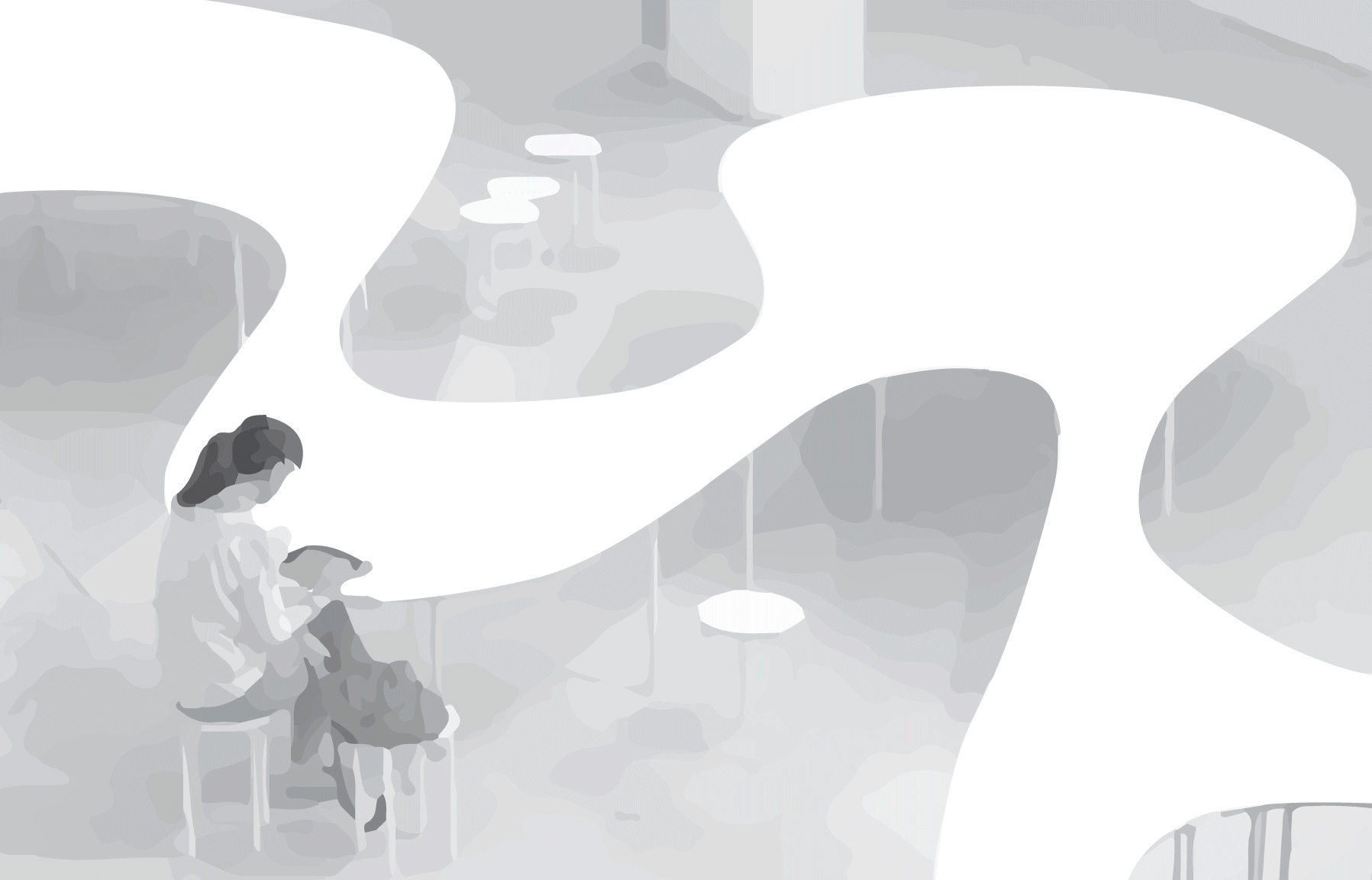
The manufacture of artificial hymens and the global virginity marketplace, a local internet birthed and maintained by Kichwa midwives, an occupation by indigenous women at UN Habitat’s meeting on The Urban Agenda, a formal procession of queer Arab bodies through the center of Amman, the privatization of infrastructures and procedures for detaining undocumented migrants in the American South, performances of the protester, the partisan, the selfie-taker...
Together and separately, us three caryatids pursue an activist spatial practice, one that is grounded in research, but also, and perhaps more importantly, in the production of things² that situate that research in public forms and in the cultural and political contexts from which it emerges, where it is most salient, where it acts and is made actionable. And that’s why we’ve assumed this post: to have expansive discussions about the form and content of contemporary practice on a platform already invested in seeking out and strengthening alliances across the discipline.
WHAT SHE SAID (EDITORIAL OBJECTIVES)
As guest editors of sub_teXXt, the digital journal that keeps architecture’s old issues under scrutiny as it places new ones on the table, we will focus on contemporary architectural practices and contemporary feminisms that exceed the frame of the architecture office, or those that start to generate other operation spaces for architectural thinking and action. We want to focus on work that is critical, of this moment, global in representation and far reaching in terms of the communities engaged by spatial practice and research.
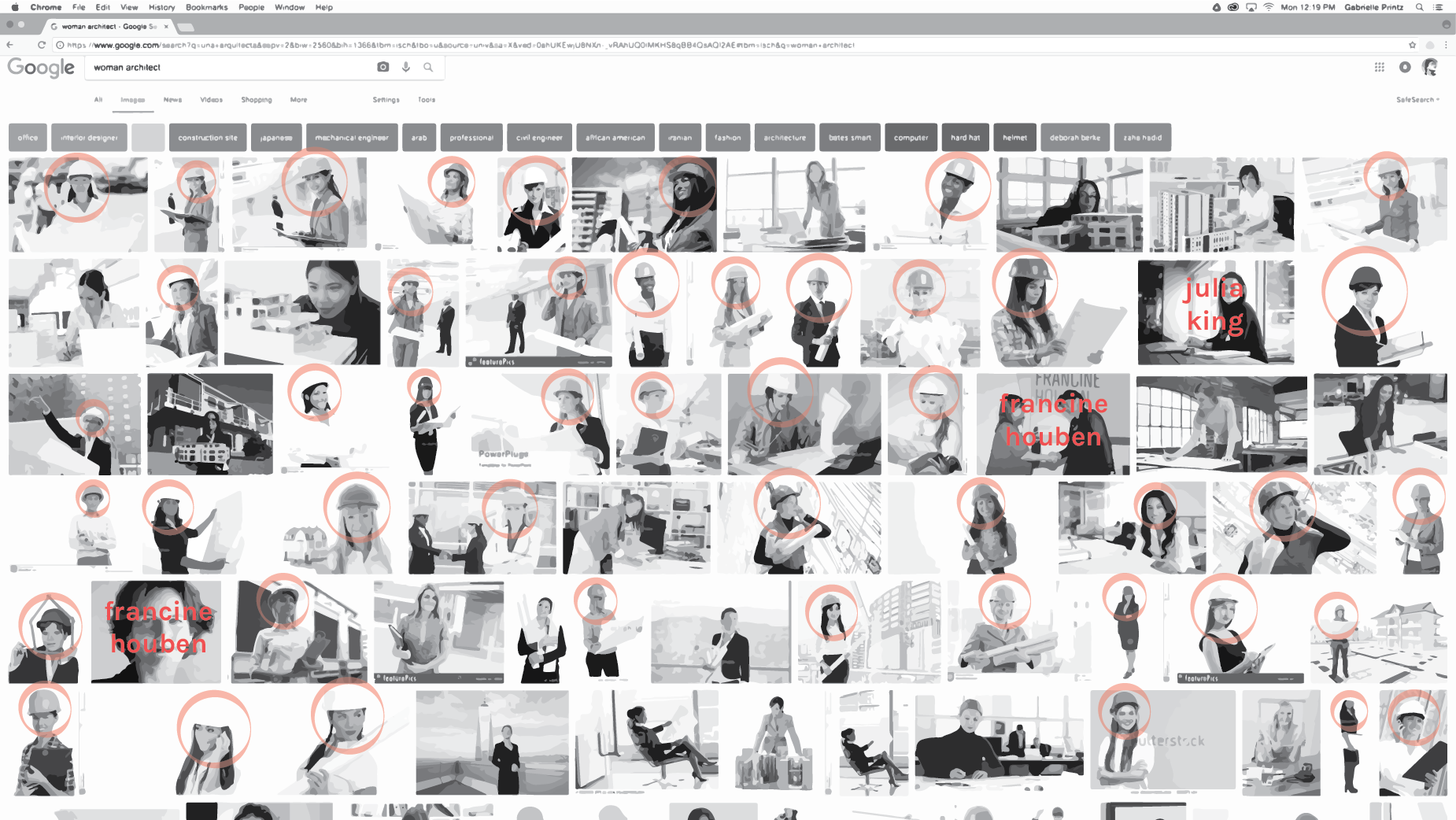
One prerogative of our editorial reign is to appoint new representatives and representations of practice: to hold a mirror up to the landscape of design practice and those served by the profession(s) and see something staring back that is at once more familiar and less readily recognized. What we’re prepared to see isn’t una arquitecta in the unfeminine hard hat, ceci n’est pas Zaha, she’s neither Bo Bardi nor a Bethune.
We won't be using this platform to recognize our feminist and architectural heroes from the past, but rather dig into the work of women³ who have directly impacted our own practice: our mentors, but also our peers. We’re especially interested in the ambitions of other young practitioners, those operating in ways that aren't identifiable as conventional architectural work and whose work advances feminisms not otherwise voiced in architecture at large. Over the next few months, you will see some writing and reflections on practice from women³ who are similarly plotting their own paths. They are trying to make space for critical work, and they are trying to get paid too.
THE BLUEPRINT (AN OUTLINE)
#1 A Salon of One’s Own
So what do these spaces look like? If one way to define the operation space of critical practice is to image its literal and physical sites of production, what is this new office, if not a piece of real estate or a site of accrual for models and invoices for one’s 8%? How is this office imagined, evoked or constituted even in its impossibility? How does the act of seeing this unreal and ideal space of architectural work itself constitute a critical act of construction?
For us, the process of forming a practice has been a strange project in itself. Our discussions about what f-architecture would be was basically a description of a fantasy studio, which came to be depicted as the digital salon on our website. Part of this exercise was a recognition of the (initial) unreality of this space, but one that nonetheless operates against the reality of the architecture office that continues to pose problems for women in practice. We did, however, have the luxury of defining the relationships that constitute our collaborative, the mode of work, and the shared economies of production, which has helped to actualize this space. Rather than offer further accounting of the gendered deficits of contemporary office, or the problematic positioning of the office as real estate, we’ll see responses from early and mid career architects that detail the form and methods of their ideal office, visual or narrative or both, and the small and large gestures taken to realize these spaces of labor, or the potential paths unfolding toward a more utopian workplace.
#2 The Practice and/of/to Protest
If the space of practice exceeds the frame of the office, where are the sites, fields, and territories where spatial practice might be asserted as political practice? If these forms of work occur out on otherwise estranged fronts, as Alejandro Aravena has recently nominated the arenas of social practice, how do we describe architectural work that is fundamentally and purposefully distributed, or itinerant, or best sited in instances of community engagement? In this case, we’ll see dispatches on architectural actions and research taking shape in the field, in site, and as such, are less recognizable as Architecture. This work tends toward advocacy, it involves cross-disciplinary collaboration and is formed out of relationships with organizations and communities whose issues are spatial and political, but are not typically engaged by spatial practitioners.
We’ll also see the more overtly political projects undertaken by way of architecture and spatial practice. Architectures of demonstration and the design of protest media have preoccupied us, especially post-election, post-inauguration, post-march. What are forms of political action that transpire beyond the ritual activity of voting? And what are the spaces--physical and mediatic--that accommodate or produce political discourse? How might we consider and amplify the concert of bodies assembling on the street? What infrastructures serve and delimit this kind of performative occupation, and how can we manipulate them? How do we as designers appropriate the spaces and aesthetics of power for use by those disenfranchised by that power?
#3 $$$
These lofty questions beg others—namely: how is this labor supported? What are the economies and privilege systems that enable and delimit work that might be filed under “alternative practice”? And how are practitioners navigating these challenges? Under this broad banner of getting funded and getting paid, we’ll hear from architects whose practices depart from conventional patronage models, whose projects are resourced in ways that are conceptually consistent with the aims of the work, or whose other entrepreneurial efforts, if not sheer will, have sustained less saleable (or more political or theoretical) work.
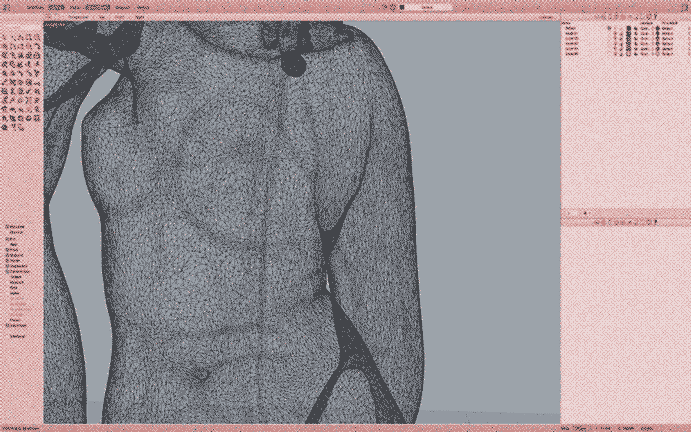
#4 Bodies
And finally, our most closely-held topic probes the body—our bodies—as a site and consideration of architectural intervention. The material of the body and the embodied experience of subjects are conditions with specificity and consequence for the spaces designed for and against them. The spatial politics of bodies and subjects—entities formed now more than ever by an expanding set of technologized relations—is the loose frame around the concerns we’ve taken up as f-architecture. What new positions does the body take as design and research move toward the intersectional?
LET ME READ YOU DOWN (A BIBLIOGRAPHY)
So if this is our syllabus, then here is our recommended reading—a few guiding texts for this feminist practice:
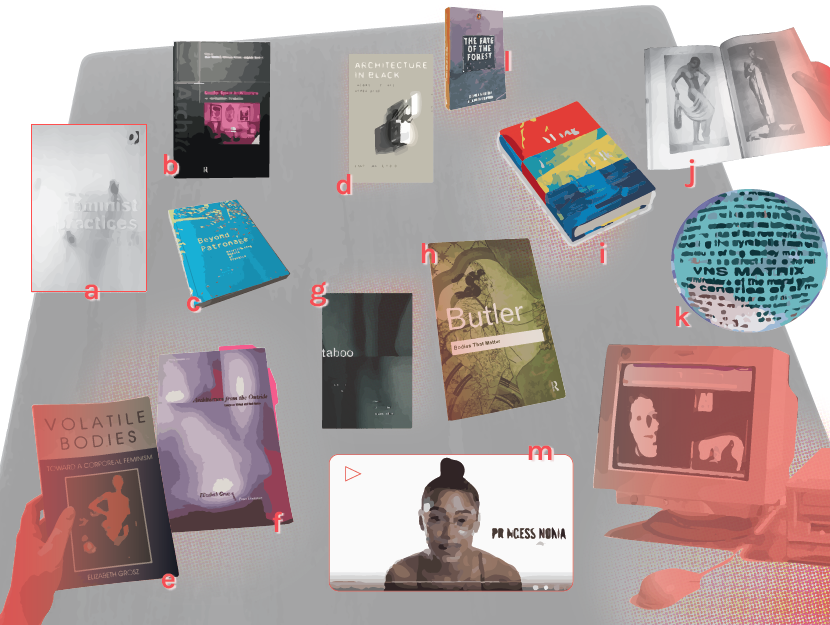 A. Feminist Practices, Lori Brown’s essential reader on contemporaries enacting feminist theory in their work
A. Feminist Practices, Lori Brown’s essential reader on contemporaries enacting feminist theory in their work
B. And its predecessor Gender Space Architecture by Jane Rendell, Barbara Penner and Iain Borden
C. Beyond Patronage, a shameless plug and a formative project for Gabrielle, who edited this one with Joyce Hwang and Martha Bohm
D. In Architecture in Black: Theory, Space and Appearance, Darell Wayne Fields writes blackness into architecture in an analysis that brings together the aesthetic and the linguistic
E. Elizabeth Grosz’ Volatile Bodies: Towards a Corporeal Feminism
F. and her conversations in Architecture from the Outside: Essays on Virtual and Real Space
G. Taboo: Sex, Identity and Erotic Subjectivity in Anthropological Fieldwork examines the figure of the female anthropologist, amidst dynamics of seduction and domination.
H. Judith Butler’s Bodies that Matter + and the endlessly cited (by us) Bodies in Alliance and the Politics of the Street
I. Things that Talk, Lorraine Daston’s object lessons in the production and accrual of meaning across the arts and sciences
J. Anne Cheng on Josephine Baker, her body, and architecture in Second Skin: Josephine Baker and the Modern Surface
K. A Cyberfeminist Manifesto, exhibited in Rhizome’s Net Art Anthology
L. The Fate of the Forest: Developers, Destroyers and Defenders of the Amazon provides a history of the Amazon, as made and destroyed—physically and conceptually—by humans
M. And finally, How to Be a Bitch 101, discourses on bitchiness from Princess Nokia
Notes:
- Disciplinary and professional oversights, exclusions, limitations, privileges, inequities.
- In other words: objects, apparati, exhibitions, documents, images, animations, spaces, policy, memes...
- Despite the implication of the figural double X-chromosome, that includes women-identified, non-binary folk, teams whose major participation includes either.
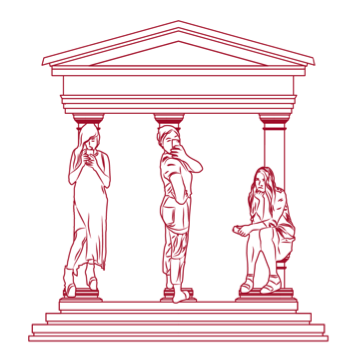 f-architecture (alt: feminist architecture collaborative) is a three-woman research enterprise aimed at disentangling the contemporary spatial politics and technological appearances of bodies, intimately and globally. Partners/caryatids/bffs Gabrielle Printz, Virginia Black and Rosana Elkhatib run their practice out of the GSAPP Incubator at NEW INC, an initiative of the New Museum. f-architecture (alt: feminist architecture collaborative) is a three-woman research enterprise aimed at disentangling the contemporary spatial politics and technological appearances of bodies, intimately and globally. Partners/caryatids/bffs Gabrielle Printz, Virginia Black and Rosana Elkhatib run their practice out of the GSAPP Incubator at NEW INC, an initiative of the New Museum. |

